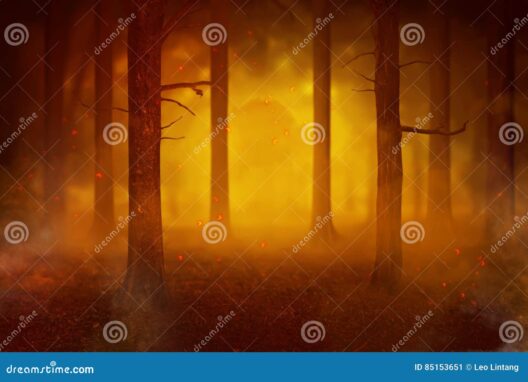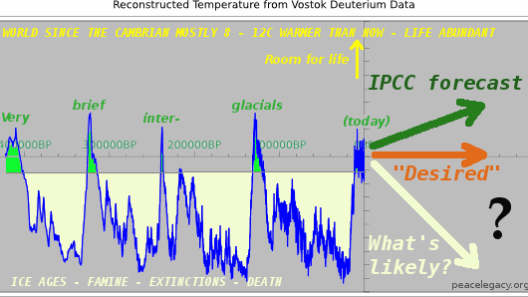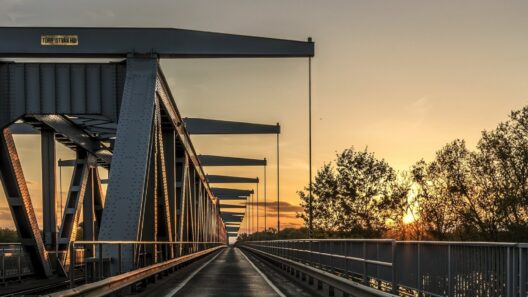In the vast expanse of Interior Alaska, a metamorphosis is unfolding—a peculiar thawing that mirrors the intimate dance between vulnerability and resilience. The land, once cloaked in an everlasting winter, is now slowly surrendering to the warming caress of climate change. As the ice retreats, revealing a world long entombed, myriad consequences ripple through ecosystems, economies, and indigenous cultures.
Picture, if you will, a vast canvas where the oil paints of frost and flora commingle ceaselessly. The thawing landscape serves as an intricate tapestry, woven from the threads of ancient glacial epochs and modern climatic upheavals. With each passing season, the familiar frigid terrains transform into a realm of poignant beauty, yet beneath this picturesque exterior lies the profound peril of ecological disruption.
At the crux of this thaw lies the permafrost, a layer of permanently frozen ground that has been a defining feature of the Alaskan landscape for millennia. As global temperatures ascend, this once inviolable subsurface is beginning to melt. The ramifications are staggering, with thawing permafrost releasing enormous quantities of methane and carbon dioxide—gases that intensify the greenhouse effect, creating a feedback loop of warming. This transformation is akin to releasing ancient secrets that have remained silent in a primordial tomb, only to find they come with consequences eerily reminiscent of Pandora’s box.
One of the most striking impacts of this thaw is witnessed in the burgeoning wetlands of Interior Alaska. These once largely dormant landscapes are sprouting to life, ushering in a verdant mosaic of sedges, reeds, and wildflowers. The wetlands, once considered the quiet custodians of water cycles, now emerge as vibrant ecosystems that provide a critical habitat for migratory birds and other fauna, reminding us that life is tenacious, even amidst adversity.
However, this newfound exuberance is a double-edged sword. As the wetlands expand, they alter local hydrology and sedimentation patterns. Rivers swell and recede unpredictably, reshaping the very arteries of the landscape. Communities that have thrived alongside these water bodies now grapple with flooding and erosion, leading to disputes over resources and land usage. The unfolding story of Interior Alaska is imbued with tension, like an epic saga where heroes shift into villains, and once-generous landscapes become tumultuous in their change.
In parallel, Interior Alaska’s climate evolution serves as a stage for unique botanical transformations. The boreal forests, predominantly coniferous, are beginning to see an infiltration of deciduous species. As temperatures rise, species such as birch and aspen advance their geographic range, resulting in altered forest compositions reminiscent of an artisan reworking a beloved sculpture. This reshuffling of flora does not merely signify a change in aesthetic; it provokes profound ecological ramifications, as species that once flourished gradually yield to those more amenable to the new climatic reality. With every tree that bends to the warming winds, the delicate interplay of life, species interactions, and habitat stability undergoes a profound metamorphosis.
The cultural tapestry of the indigenous peoples who call this region home is also interwoven with the landscape’s transformation. For millennia, these communities have engrained their lives with the rhythms of nature, depending on its stability for sustenance and cultural continuity. As the familiar song of the land changes pitch, so too do the traditions that have been passed down through generations. Traditional hunting practices and seasonal migration patterns are disrupted, forcing these communities to adapt to the encroaching changes with resilience forged from time-tested wisdom.
As we explore the changing climate of Interior Alaska, it becomes evident that the repercussions extend far beyond geography. Agriculture is another facet reluctantly joining this evolving narrative as warmer summers may permit longer growing seasons. Farmers, once confined to short growing windows, are tentatively experimenting with new crops, shifting the agricultural paradigm. This rising opportunity, however, also necessitates a reckoning with environmental stewardship. How can agriculture flourish in harmony with the land, even as it shifts beneath our feet?
In this intricate ballet between climate dynamics and human adaptability, the striking reality emerges: despite the beauty exuded by the thawing landscape, an overriding sense of urgency permeates the air. Immediate action and ingenuity are paramount as a generation grapples with not only the consequences of climate change but the agency to mitigate its effects. The lessons gleaned from the thawing landscapes of Interior Alaska resonate louder than ever—make haste to restore harmony before the balance tilts irrevocably.
As we bask in the vivid hues and allure of these landscapes, it becomes clear that the unique appeal of Interior Alaska extends beyond its traditional splendor. It is a living testament to the fragility of nature, a vivid reminder of our own connection to the world around us. Every thaw and subsequent rebirth serves as an invitation to observe, reflect, and act, urging us to consider the impact of our decisions on the climate, the land, and those who inhabit it in these turbulent times.
In summary, as we witness the enigmatic thaw of Interior Alaska, we are reminded that the world is not static but rather an ever-evolving tapestry, colored by the interplay of climate, culture, and ecology. A cooperative effort to foster sustainable practices will help ensure that the stories written on this land continue to echo through time and remain vibrant. A call to arms for all stewards of the Earth, it beckons us to contribute in a meaningful way to mitigate the sometimes stark transformations that reforge the identity of places we hold dear.






